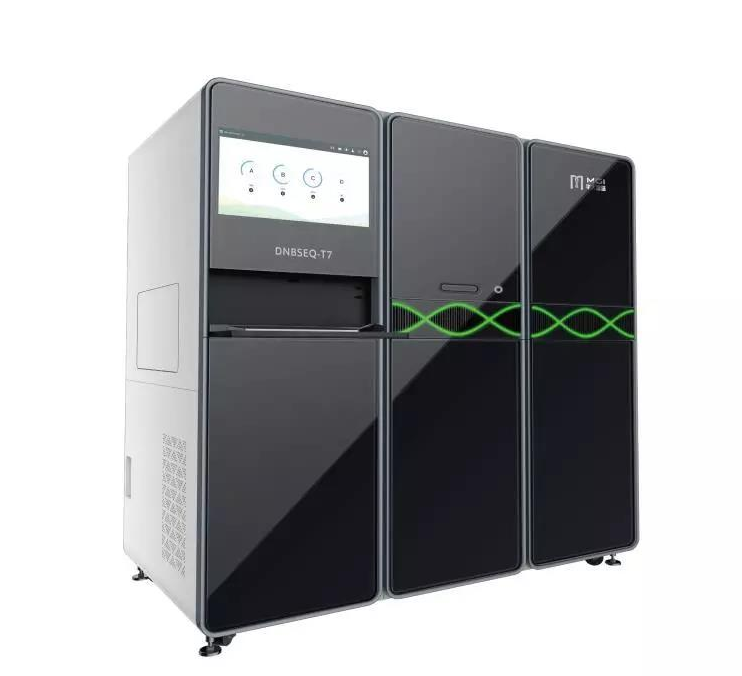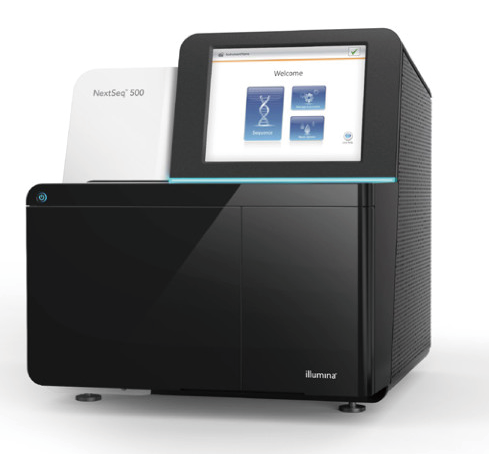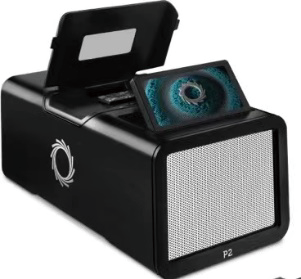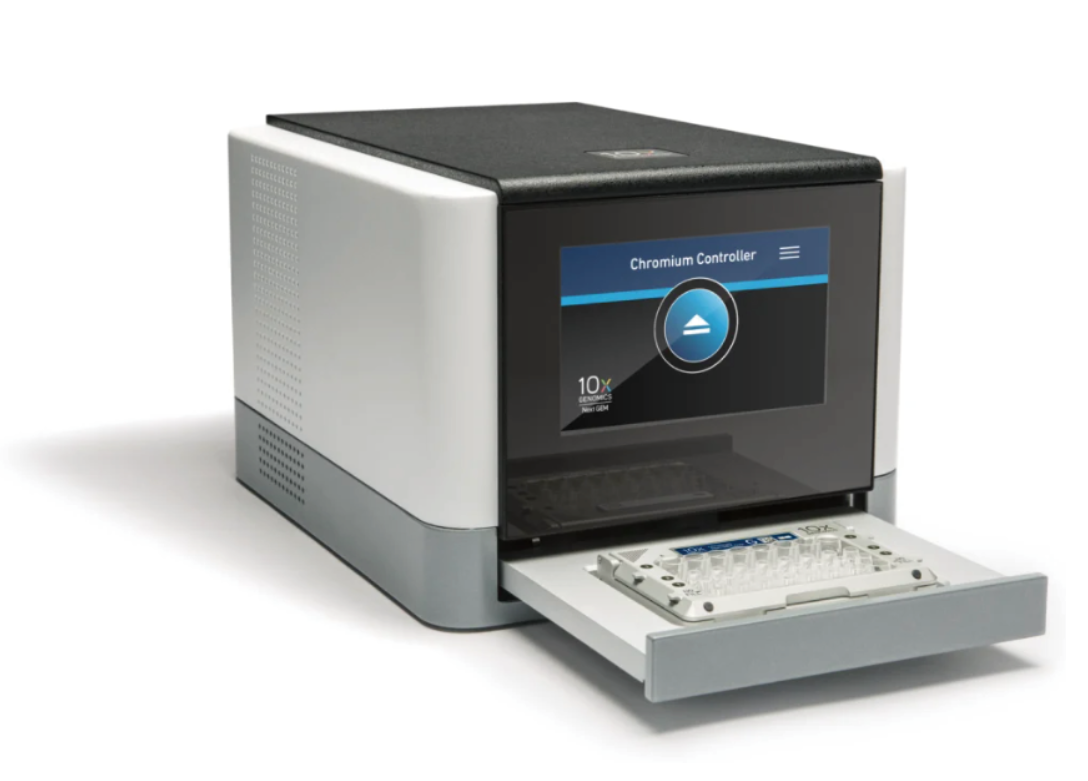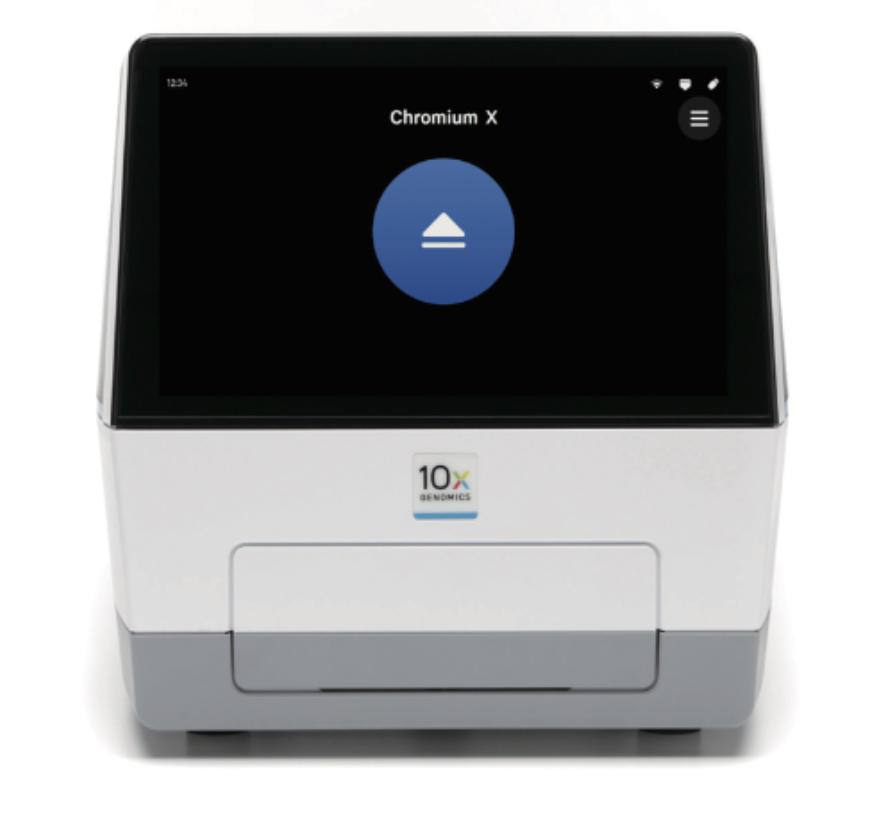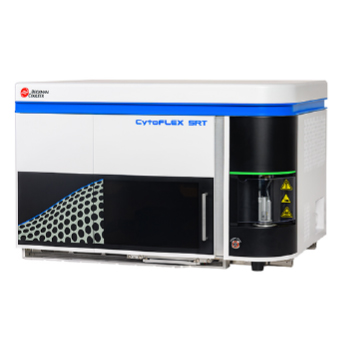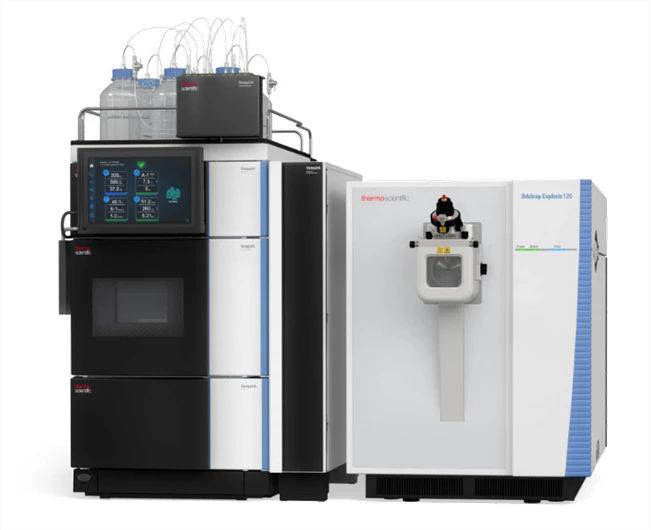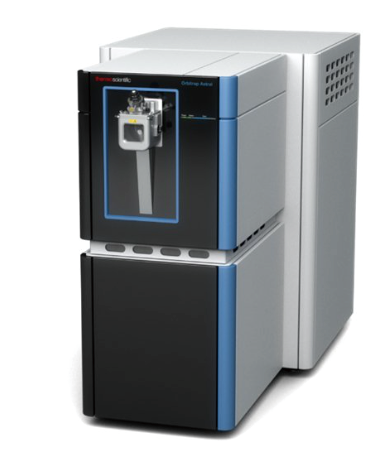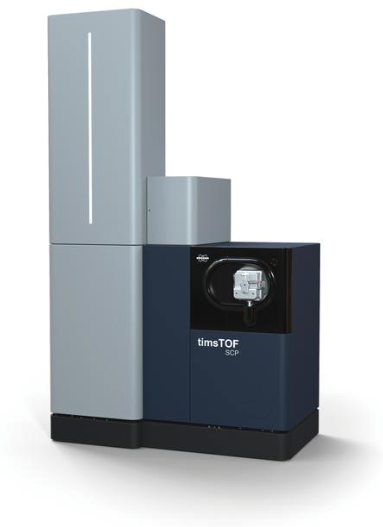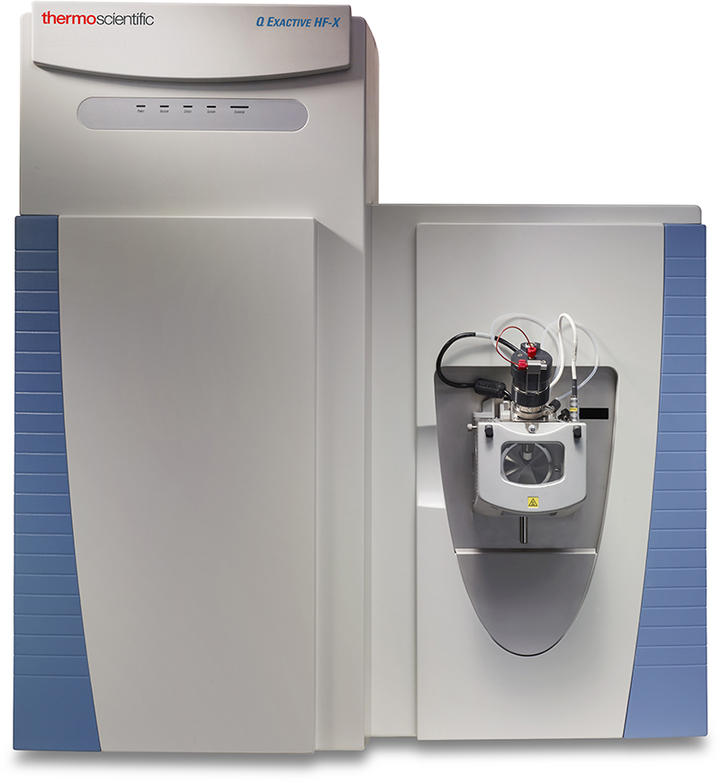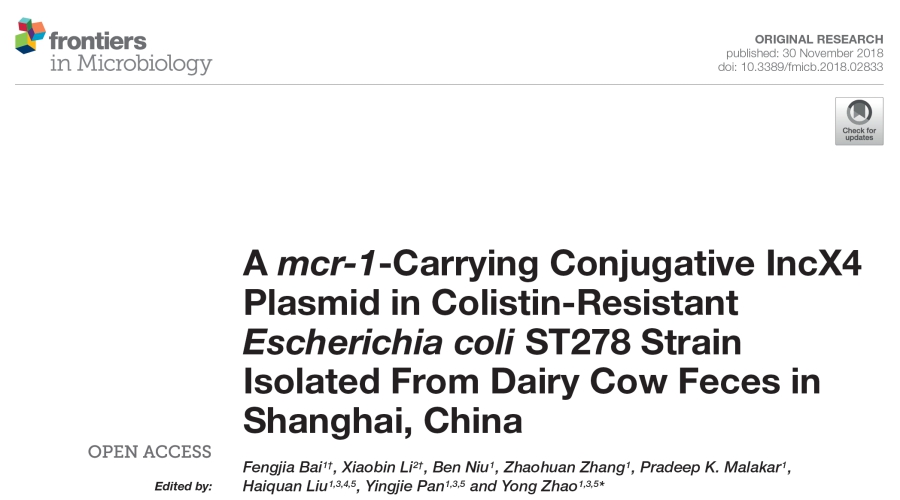
Enterobacteriaceae, including Escherichia coli, has been shown to acquire the colistin resistance gene mcr-1. A strain of E. coli, EC11, which is resistant to colistin, polymyxin B and trimethoprim-sulfamethoxazole, was isolated in 2016 from the feces of a dairy cow in Shanghai, China. Strain EC11 identi?es with sequence type ST278 and is susceptible to 19 frequently used antibiotics. Whole genome sequencing of strain EC11 showed that this strain contains a 31-kb resistance plasmid, pEC11b, which belongs to the IncX4 group. The mcr-1 gene was shown to be inserted into a 2.6-kb mcr-1-pap2 cassette of pEC11b. Plasmid pEC11b also contained putative conjugal transfer components, including an oriT-like region, relaxase, type IV coupling protein, and type IV secretion system. We were successful in transferring pEC11b to E. coli C600 with an average transconjugation ef?ciency of 4.6 × 10?5. Additionally, a MLST-based analysis comparing EC11 and other reported mcr-positive E. coli populations showed high genotypic diversity. The discovery of the E. coli strain EC11 with resistance to colistin in Shanghai emphasizes the importance of vigilance in detecting new threats like mcr genes to public health. Detection of mcr genes helps in tracking, slowing, and responding to the emergence of antibiotic resistance in Chinese livestock farming.
Keywords: colistin resistance, mcr-1, Escherichia coli, IncX4 plasmid, whole genome sequence




